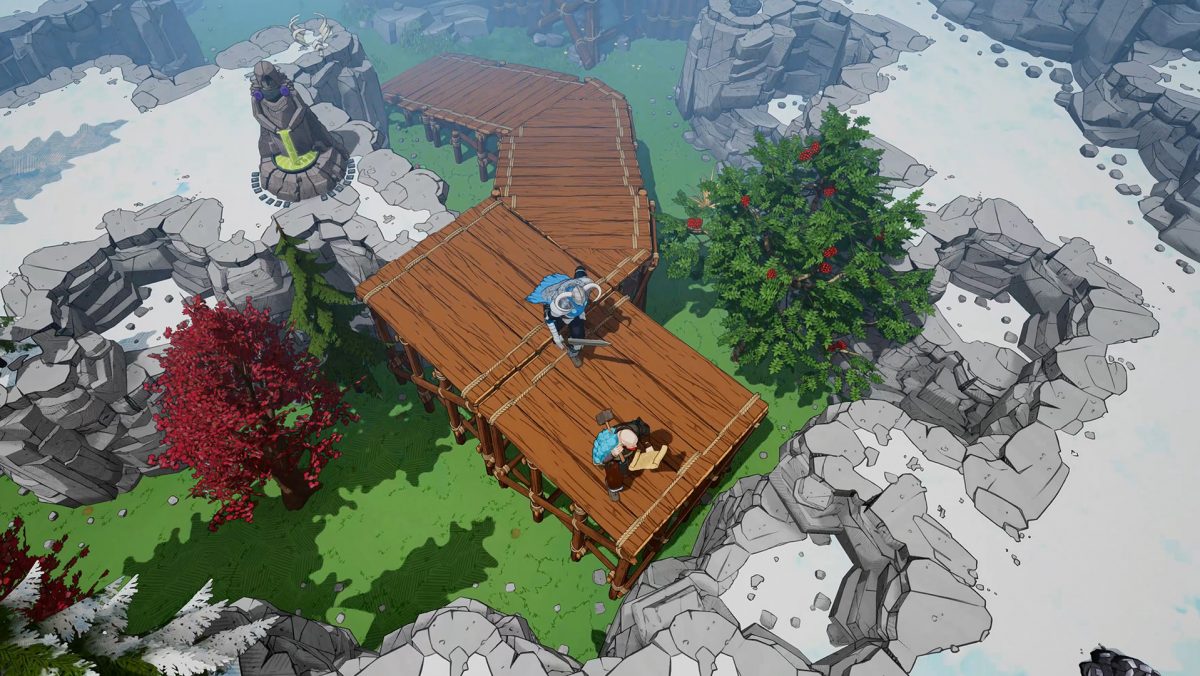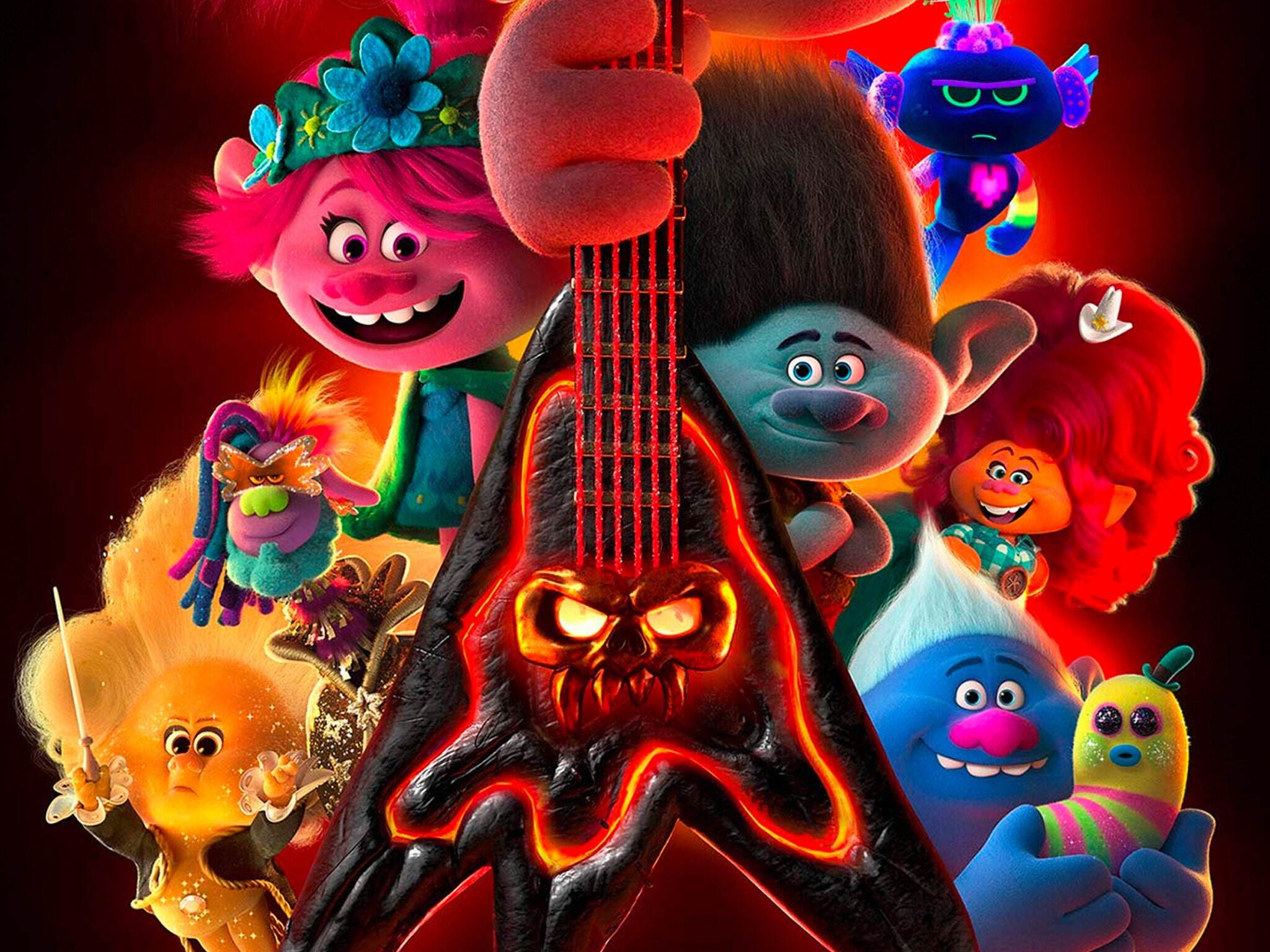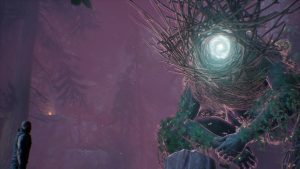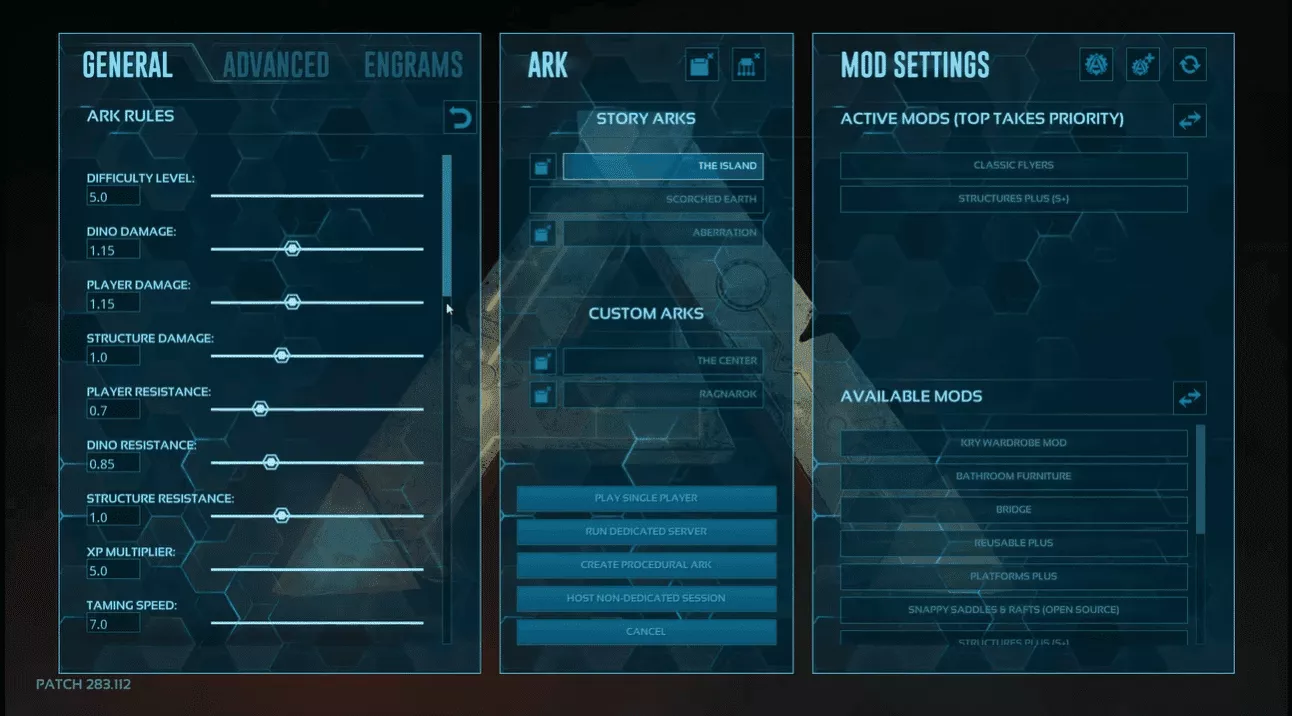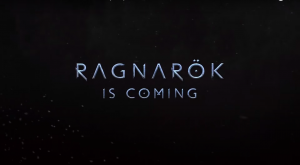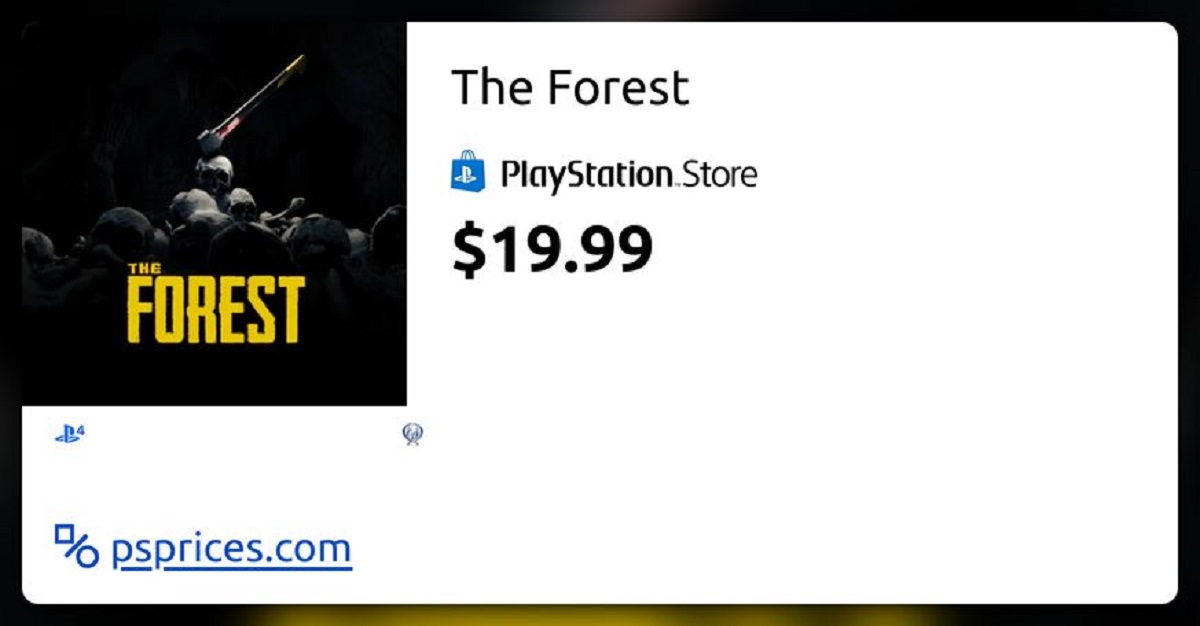There’s been a couple of Norse/Viking-themed video games that came out lately. Assassin’s Creed Valhalla and Valheim are the more prominent examples of this. However, there’s another Norse and Viking-themed game that’s set to come out this year, and that’s Tribes of Midgard.
What is Tribes Of Midgard?
Tribes of Midgard is created by Norsfell and is more or less Minecraft if has Vikings and isometric tower defense elements added into it. The game is set to be released this 2021 for PC on Steam and PS5, but there’s no concrete release date yet.
Tribes Of Midgard Preview
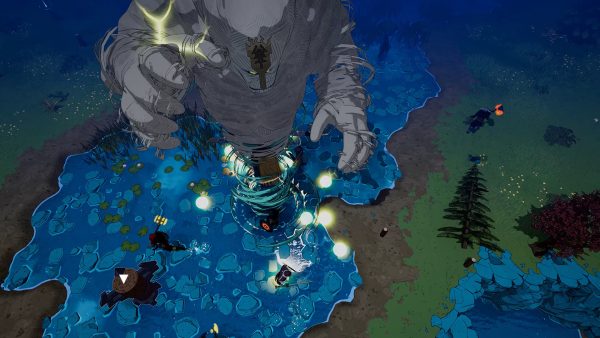

As stated, there’s no definite release date for Tribes of Midgard other than it being slated for a 2021 release. So for now, let’s talk about what we can expect when the game’s finally available.
Gameplay and Controls
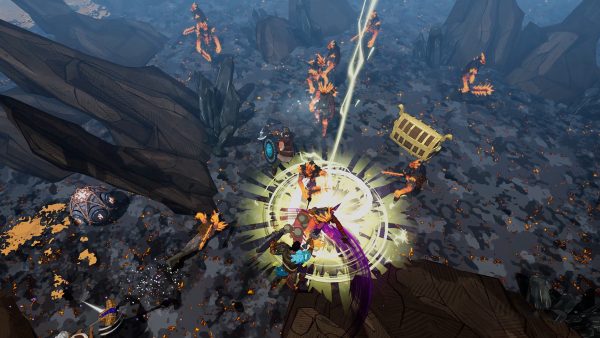

As we’ve stated before, Tribes of Midgard is more or less Viking Minecraft combined with tower defense. The game plays itself in an isometric format like Diablo but has elements of games like Minecraft where gathering resources and crafting is key. Players start by creating their Vikings and spawning into the world near a village. Their job is to protect that village and Yggdrasil, the Tree of Life of Norse fame, from the Helthings.
Helthings are demons and other nasties that spawned when Ragnarok, the twilight of the gods, draws closer. Alongside the Helthings, various giants will slowly make their way towards the player’s village. If they reach the village and destroy the World Tree, the player’s screwed. This is where the game’s crafting and gathering systems come in. Around the village and beyond are materials players can use to craft various weapons, armor, and even village defenses. They’ll need to be quick about it, as the Helthings will attack at night.
Controls-wise, the game is an isometric game similar to Diablo. On PC, players use the WASD keys to move around, while combat makes use of the mouse for attacking. As per usual on PC, players can change the control layout on the options menu. Unfortunately, the game still has some wonky hitboxes, especially with some of the giants that are in the game.
Multiplayer and Difficulty
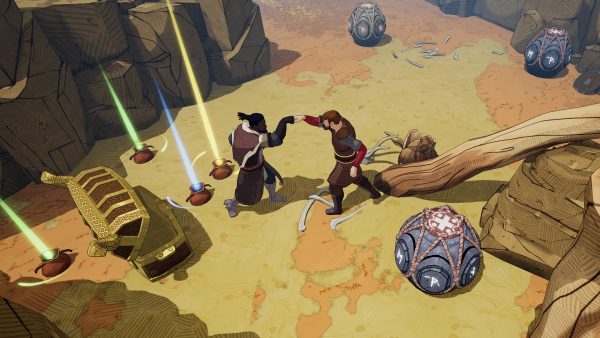

The game is slated to have a pretty robust multiplayer mode that can accommodate up to 10 players in a server. When players start a new run, they make a server that they can set to either private or public. Of course, if they want to not have total strangers join in they need to set their servers to private. In addition to this, the game has 3 difficulty levels, Lone Saga, Grand Saga, and Heroic Saga.
Each of the three difficulty levels will accommodate how many players there will be on a server, though this is more of a guideline than a rule. The Lone Saga is ideal for 1-3 players while the Grand Saga suits 4-7 players. Lastly, the Heroic Saga is great for 8-10 players because the game’s difficulty is like an escalation slider.
Unlike other games that just increase loot and enemies the more players slide the difficulty, Tribes of Midgard instead adds in additional complications. These complications can include losing inventory upon death, Yggdrasil decaying faster, and even faster giant spawn. The last one is especially annoying since giants are hard to kill in this game.
We’ll talk more about this below in the Combat and Level Design section.
Combat and Skill Trees
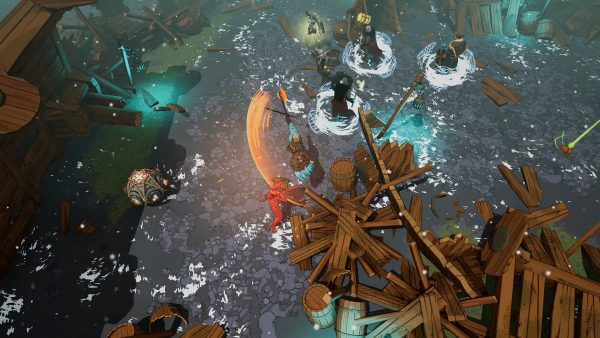

Combat in Tribes of Midgard isn’t something to write home about. You point the mouse in the direction of an enemy, click your mouse, and you do attacks. What makes it interesting is the fact that the Vikings can have skills that they can use based on four skill trees, or blessings.
These blessings are Ranger, Guardian, Brawler, and Warden. Rangers, Guardians, and Brawlers are self-explanatory. The Warden is the the class that will be of most interest to those that want something new.
- Guardians are tough to kill and have high HP and armor.
- Brawlers deal high damage and are berserkers.
- And Rangers are the hunter-gatherers, the ones that can stalk unnoticed by enemies before it’s too late.
- The Warden is the one that might gather the most confusion. In the Open Beta, Wardens are adepts of Sif and are the gatekeepers of the Viking community with skills in crafting and management. We don’t know how that translates in-game yet, but it implies that the Warden might be the builder of the group. They’ll likely be the one that builds the various defenses and traps that dissuade and kill Helthings.
Level Design
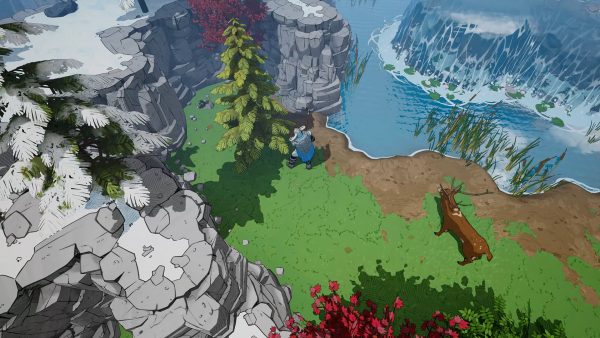

In terms of level design, Tribes of Midgard follows the tried and true Minecraft mechanic of using World Seeds. Each game of Tribes of Midgard is randomized when creating its world, which is done by loading a World Seed. After the seed is loaded, the players are thrown into a dangerous world. Said world is filled with murderous Dökkálfar (Dark Elves), vicious creatures. And worst of all, there’s the occasional giant that wants to smash the players and Yggdrasil to a pulp.
Unfortunately, the game’s various locales and biomes are so far from the main hub village that it’s a trek for players to even find them. Luckily for players, each biome has a Runestone teleporter that can be linked to the hub village for easy traveling. You need to find them first, though.
Graphics
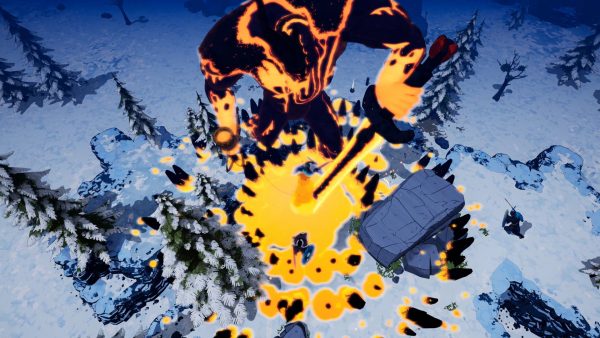

The game looks okay but some parts don’t look polished enough. The game looks similar to Becastled, which is another defense game that lets the player control full armies instead of individual Vikings. Not to say that it’s a bad thing, but the game doesn’t seem to make full use of its game engine. It would be nice if the game has some graphical improvements at that part, like adding more details on the trees or stuff on the ground.
In addition to this, it doesn’t help that there’s no indicator for things that players can harvest to gain resources. Players can cut trees to get wood and all. But other than that? Most of the resources in the game are things that players will sometimes overlook like rocks and twigs. These resources would only indicate themselves when players go near them, which is fine. But some added indicators would be nice as well.
Sound Design
Sound design-wise, Tribes of Midgard is okay. There are times when the game’s animations and audio won’t sync so the player hears their attacks late. But other than that, the game seems to be on the up and up in terms of Sound Design.
Story
The story of Tribes of Midgard is a simple one. The Norse gods planted various Yggdrasil trees all around the human realm. Eventually, the humans found out about the power of the trees and began making communities and civilizations around them. It was during this point that the giants and Helthings began to attack, destroying various villages and civilizations to eliminate the Yggdrasil trees that were planted.
As of right now, the player’s village is the only one left that has a Yggdrasil Tree in Midgard. It’s their job to ensure that this tree flourishes instead of being destroyed by the giants and Helthings. To help them in that endeavor, they need to get stronger, obtain better gear, and fortify the village.
How Do Tribes of Midgard Compare to Similar Games?
Now that we’ve talked about Tribes of Midgard, it’s time to compare it to other games like it. We’ll start with Don’t Starve Together, then Minecraft, Valheim, and lastly, Terraria. You’ll likely see the influences the other games have on this title.
Don’t Starve Together
Don’t Starve Together is a co-op survival game where players are thrown into an incredibly dark and unforgiving world. It’s up to the players if they want to survive and thrive here as they contend with monsters as well as their bodies. Players need to eat food and drink water if they want to live, as per usual in everyday life. This alone would already be a big difference between this game and Tribes of Midgard. However, there’s also the artistic direction of Don’t Starve Together to consider.
In terms of graphics and art, Don’t Starve Together is one that lends itself to a cartoony horror vibe that may seem Tim Burton-esque. This is something that helps the game as it underscores the situation the players are in, a desolate place with myriads of dangers. Together, they’ll be able to make their way through this deathscape and survive, maybe even thrive. If they go at it alone, they’re pretty much screwed. This is something that’s already pretty prevalent in other games of the genre, but Don’t Starve Together might take the cake in this regard.
Meanwhile, Tribes of Midgard is more community-based compared to Don’t Starve Together. The players need to work together if they wish to fend off the Helthings and giants from their village and Yggdrasil. This is incredibly apparent in the Heroic Saga, where enemies are stronger and more plentiful, and giants are all over the place. Don’t get us wrong, Don’t Starve Together has the same thing. However, the Tribes of Yggdrasil focuses more on collaboration among a considerable number of people. Only time will tell how this game will go through as it’s still in its beta phase.
Minecraft
Next up on the list is Minecraft, considered by a lot of people as the one that started the sandbox/survival genre. There are a lot of reasons why this game is so popular even after all these years. First, is the fact that it’s still getting constant updates from the game’s release, all the way to recent days, with a new update coming in soon.
There’s also the fact that in Minecraft, you can do anything from creating elaborate mazes to trapping your friends into doing incredibly difficult hardcore survival challenges. You can even mod the game to suit your playstyle.
This leads us to Minecraft’s flourishing modding and artistic community. Usually, games tend to fall out of favor after a few years. That’s not the case with Minecraft, though: the sheer amount of things players can do with the game makes it popular. This is true not only for hardcore fans but for gamers everywhere. The things stated above are merely a drop of water to Minecraft’s potential, which is something that a lot of games would probably never be able to accomplish.
While Tribes of Midgard follows the survival aspect of Minecraft, it doesn’t have the sandbox aspect. Players gather materials to create armor and weapons and survive against the giants and Helthings. Other than that, there’s a lot of differences between Minecraft and Tribes of Midgard. For one, Tribes of Midgard can only support a maximum of 10 players. Minecraft, with the right plugins, can support a server of 300 concurrent players. This would drop the frames, true, but a good internet connection and a whole lot of server plugins can reduce the lag. This makes potential multiplayer gameplay incredibly fun but aggravating as the server can lag every once in a while.
Valheim
Next up would be Valheim, and it’s already pretty obvious that there are similarities between the two games. After all, both are based on the Norse mythos. However, that, and their being survival games, is where the similarities end.
Valheim is similar to Minecraft. While it’s not a block game, Valheim’s core premise is similar enough: you get dropped in a world, get resources and loot, and kill a few bosses. All of this can be done from a third-person perspective, which is also in Minecraft if the player so wishes. Tribes of Asgard, meanwhile, make players see the world from an isometric POV. This means there are some differences in gameplay as you can see all the enemies around your character on Tribes of Midgard.
You’ll have a harder time figuring out where enemies are located in an area around you in Valheim. Story-wise, one has players fighting to preserve the last Yggdrasil tree, while the other has Einherjar attempting to liberate Valheim. Both titles are related to Viking and Norse lore but are still completely separate experiences.
Terraria
Last but not least is Terraria, a game similar to Minecraft if it’s not a 3D world but instead plays like a platformer.
Terraria has you spawn in a world with your friends and a guide. Said guide will direct you to what you need to do in this world. After consolidating yourselves, you proceed to explore and make this world your own. Unlike Minecraft, there isn’t that much in terms of what you can create. At least, that’s what it seems on the surface. In truth, Terraria also has a deep and encompassing crafting system system for building new things.
In addition to this, Terraria also has a metric ton of mod support. The game’s modding community has been busy for years, constantly adding new content to the game. The fresh content that modders have added in includes new bosses, items, ores, and a lot more. There’ve been complete game overhauls of Terraria, something Minecraft players are familiar with. There’s also a mod that turns the game into Dragonball Z, which alone should tell you how much modding potential there is in this game.
However, Terraria does lag a bit on how many players there could be in one server. Minecraft can do 300 players, Tribes of Midgard can do 10; Terraria, meanwhile, can only do eight. In that regard, Tribes of Midgard has the advantage. However, the sheer amount of mods Terraria can get still puts it as one of the biggest games out there.
What Should You Expect Upon Release?
If you’re still looking for a survival co-op game that will let you and your friends fight against giants, then Tribes of Midgard might be for you. The game may lack items, content, and proper hitboxes compared to other established games in the market. However, if you’re willing to stick with it, this game promises a proper good time.







